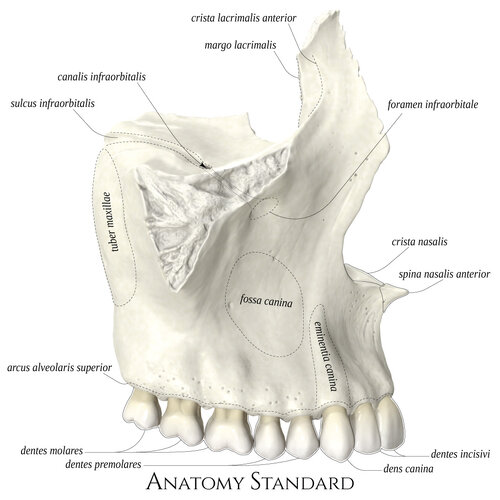D
Deleted member 86015
Kraken
- Joined
- Aug 8, 2024
- Posts
- 3,580
- Reputation
- 3,297
Could you pls tell me what do you do exactly, for how long and what changes have you noticed?have you noticed your midface a bit more compact?It's been months. I do it inconsistently like twice a day or sum. Yes changes are seen and I still do it



















